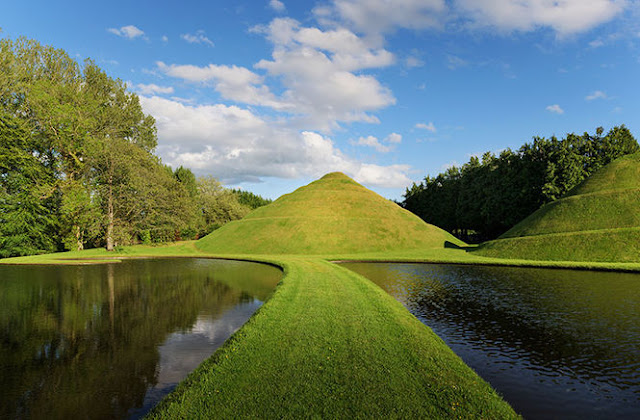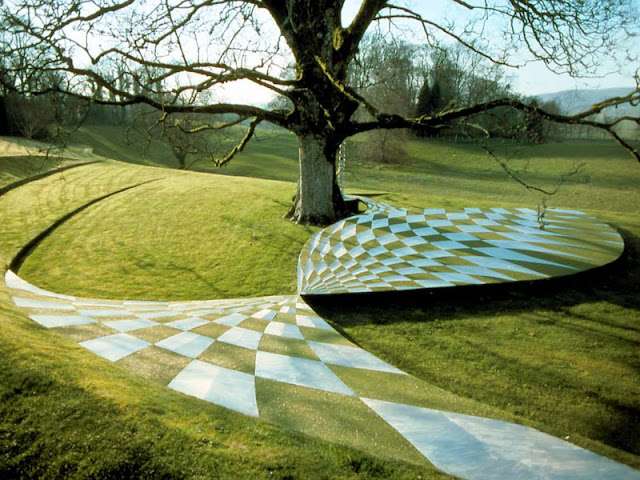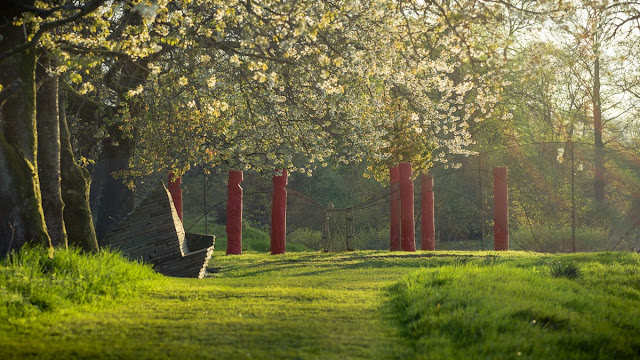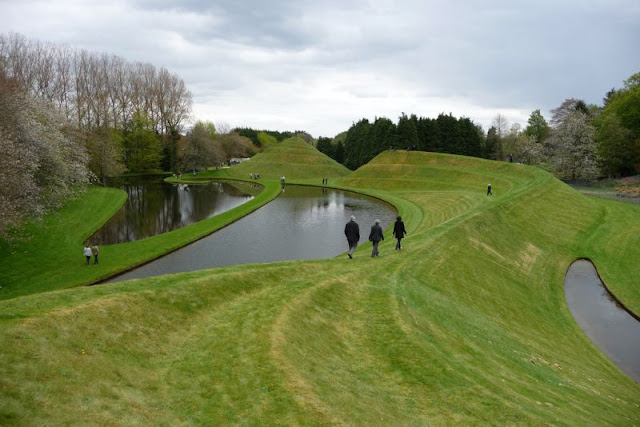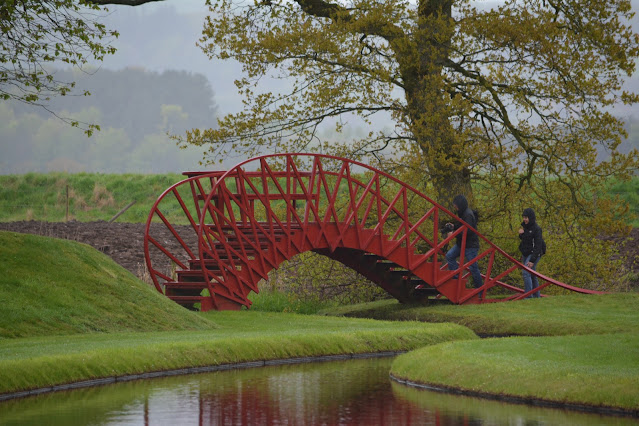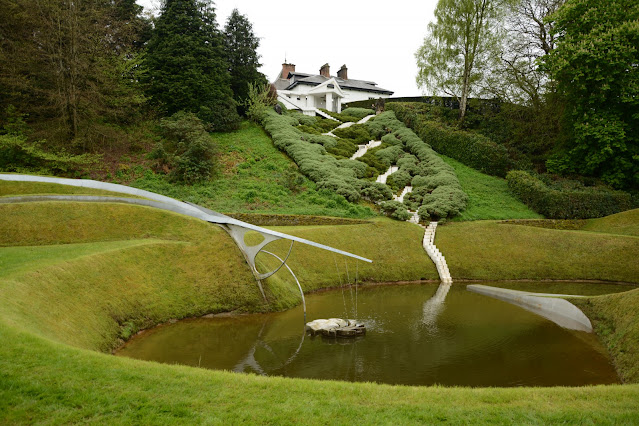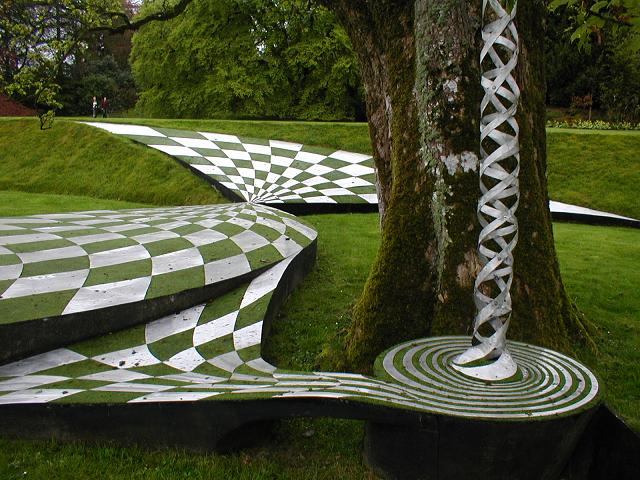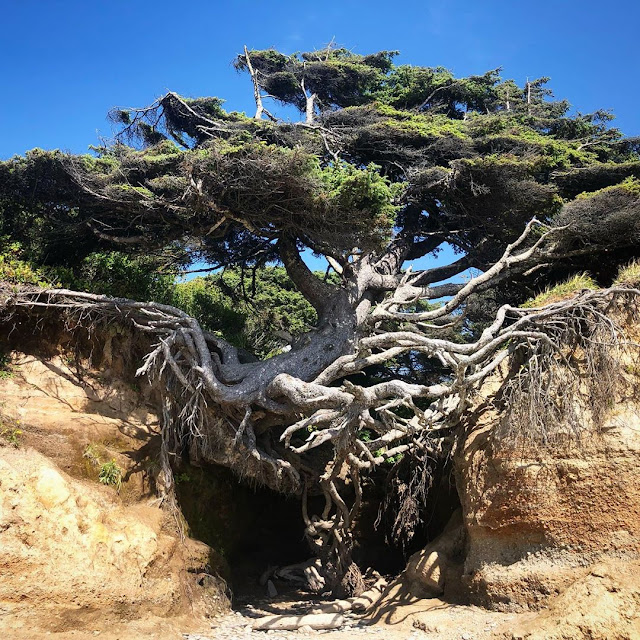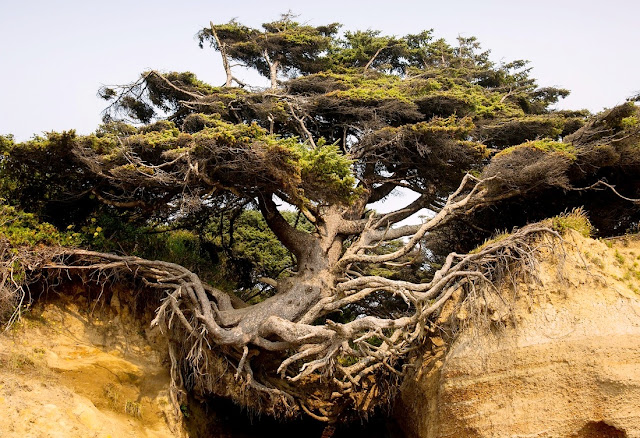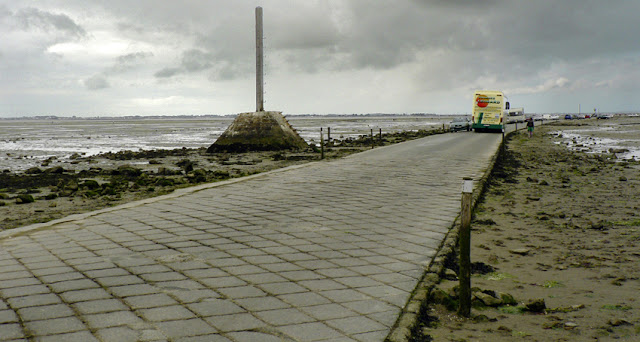Mount Thor is a mountain with an elevation of 5,495 ft located in Auyuittuq National Park, on Baffin Island, Nunavut, Canada. Mt Thor is located 46 kilometers northeast of Pangnirtung. Mount Thor consists of granite and features Earth's greatest vertical drop of 4,101 ft, with the cliff overhanging at an average angle of 15 degrees from vertical. Regardless of its consistency of remoteness, the mountain is a popular rock climbing site. Mt Thor is one of the great unexplored wildernesses, as only very few have conquered it.
Every year,
climbers turn their head to this great vertical drop. They do the camping there
through designated campsites located throughout the length of Akshayuk Pass.
Climbers looking to scale Mt Thor, hence an established campsite just a few
kilometers north of its base, complete with windbreaks and emergency shelters.
The mountain was
named for Thor, the Norse thunder. Mt Thor is part of the Baffin Mountains which
in turn form part of the Arctic Cordillera mountain range. It is also known as
the land that never melts. Auyittuq is full of dramatic fjords and majestic
peaks like Mount Asgard and Mount Thor.
Mt Thor, west
side is the longest vertical
drop on Earth, is about 4,101 feet straight down. Therefore, the slope is
steeper than vertical, since the face is actually a 105-degree overhang. This
mountain is not for a picnic place, it is no serious joke when it comes to
climbing attempt. The climbing attempt took place for more than a month. Near
the Mt Thor, multiple other activities are available, like paragliding, and
parachuting of Thor’s tremendous height. The best time to climb Mt Thor is in
August.
First
Ascent
In 1965, Lyman
Spitzer and Donald Morton made the first ascent of Mt
Thor during an expedition led by Pat Baird. However from the Wes side the first
ascent made by John Bagley, Earl Redfern, Eric Brand, and Tom Bepler in 1985.
The climbing team faced uncontrollably dangers from falling rocks to declining
supplies. Although they brought over half a ton of food, gear, and fuel up the
cliff with them. The dangerous ascent took them 33 days! In 1998 the first solo
ascent to Mount Thor made by Jason Smith.
The
Tallest Near-Vertical Drop on Earth
If you’ve conquered the Mount Thor, then you are looking for new challenges. Hence, you have to head to Gilgit-Baltistan in northern Pakistan. The Great Trango Tower (20,623) is the world’s tallest near-vertical cliff 300 feet taller. In 1984 the first expedition to scale Trango Towers east faces a cartographic incident when he died on the descent.
The Trango Towers widely considered being the world’s hardest big-wall climb. Every year many expeditions take place from all over the world to visit The Karakoram located north of Baltoro Glacier. All of the routes are highly technical climbs. Overall, the Trango Towers is the combination of altitude, the total height of the routes, and the steepness of the rock is the most challenging rock climbing.
Product You May Interested
- Crush Food Cravings with Odd Water Hack and Melt 62lbs
- Flavor Pairing Ritual Supercharges Women’s Metabolisms
- Unlock your Hip Flexors, Gives you More Strength, Better Health, and All-Day Energy.
- 60 Seconds of Habit! That Reversed Type 2 Diabetes and Melted 56 lbs of Fat
- Boost Your Energy, Immune System, Sexual Function, Strength & Athletic Performance
- Longest Living Doctors Unlocks Fastest Way to Burn Fat
- Perfect Paleo Powder – The Easiest Way You Can Get the Protein & Critical Nutrients Your Body Needs
- Lose weight, burn fat, boost metabolism and immunity, Fight inflammation & Increase your energy with this one ridiculously simple thing.
- The Industry’s First Metabolism Fueling System That Heightens Thermogenesis Even While You Sleep.






















